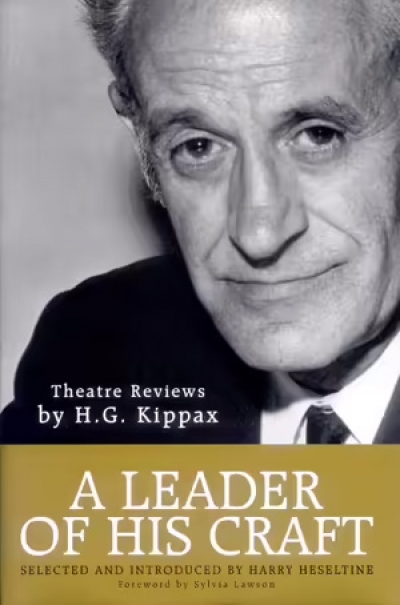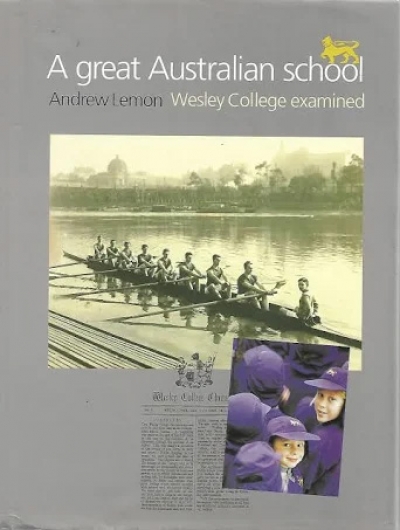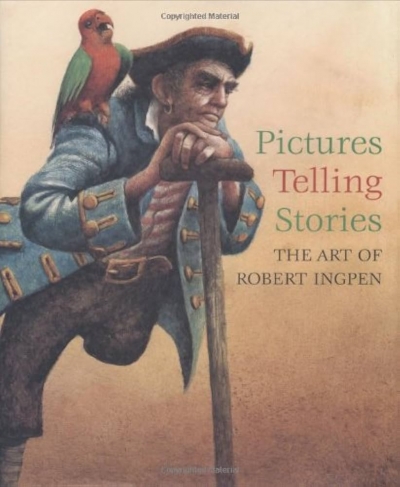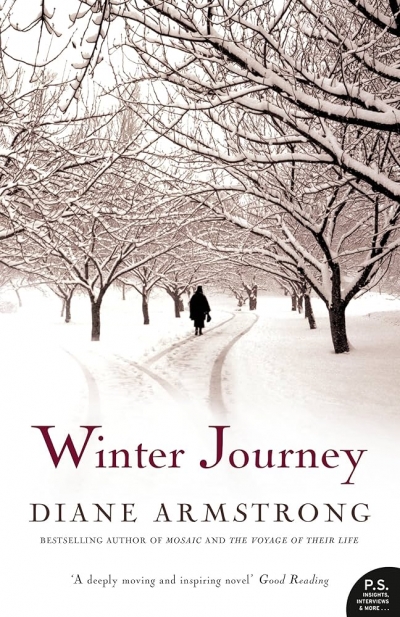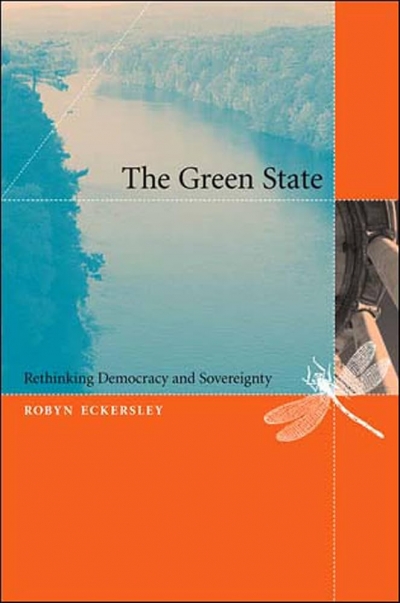Review
Body Culture: Max Dupain, photography, and Australian culture, 1919–1939 by Isobel Crombie
by Ian North •
A Leader of His Craft: Theatre reviews by H.G. Kippax edited by Harry Heseltine
by Ken Healey •
Histories of sexuality: Antiquity to sexual revolution by Stephen Garton
by Lisa Featherstone •
A Great Australian School: Wesley College examined by Andrew Lemon
by Martin Crotty •
Pictures Telling Stories by Robert Ingpen and Sarah Mayor Cox & Illustrating Children's Books by Martin Salisbury
by Margaret Robson Kett •
Encyclopedia Of Exploration 1800 To 1850 by Raymond John Howgego
by Ian Morrison •
The Green State: Rethinking Democracy and Sovereignty by Robyn Eckersley
by Emily Potter •



